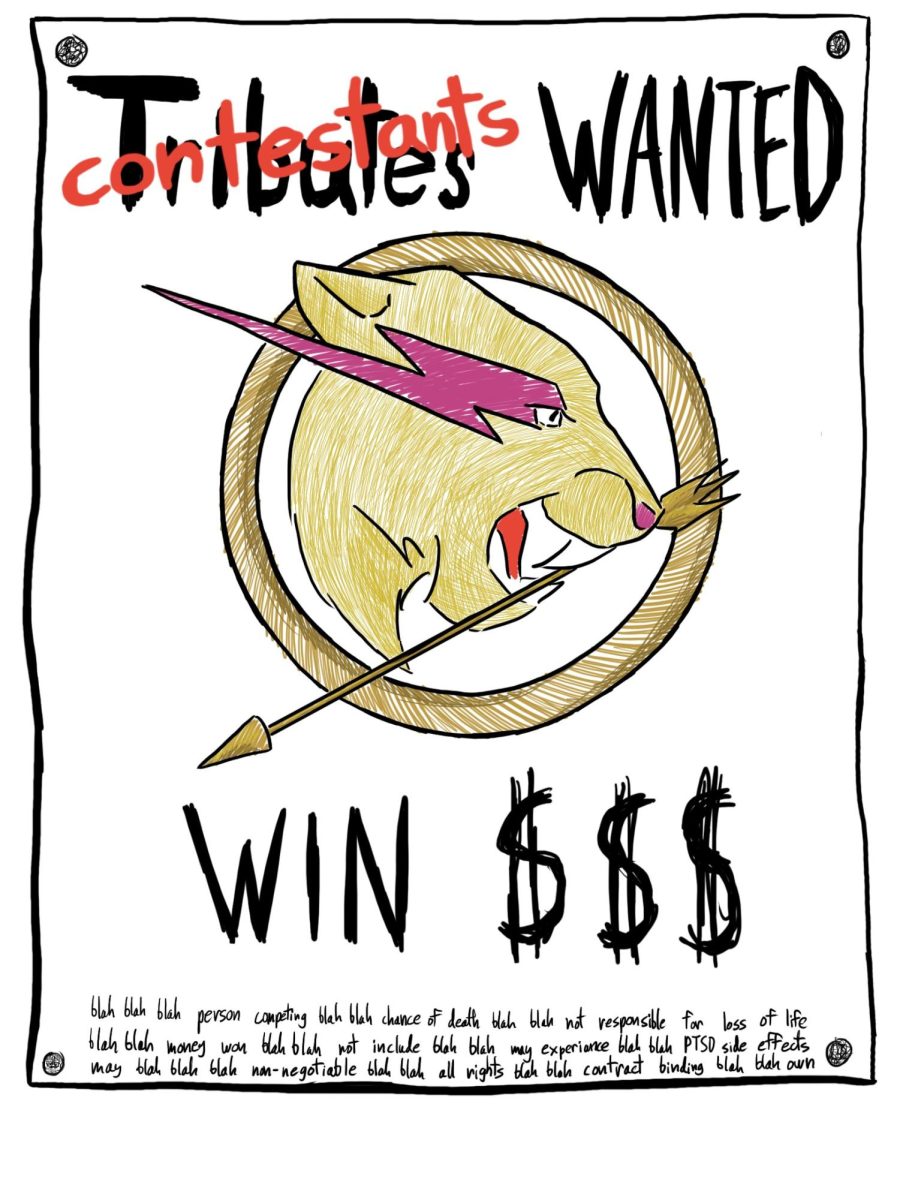My father, who is one of the most brilliant men that I know, always tells me that the best way to learn in life is to ask advice from people who are getting it right. So, for this week’s article, I sought practical tips from some of Trinity’s resources: our faculty and staff.

“How to be Persuasive” by Sarah Topp, Director of Debate and Assistant Professor in the department of human communication and theatre
Although we have studied persuasion for centuries, it is still more of an art than a science. This is because persuasion relies on communication between humans, who are imperfect and stubborn. What we have found, however, is that we can increase our chances of successfully persuading others by keeping the following ideas in mind:
1) Persuasion relies on the ability to tailor one’s message to an audience. To successfully persuade, one must assess and analyze the demographics, values, motivations and ideologies of an anticipated audience and cater a message to that particular group.
2) The message should utilize all available means of persuasion, which includes logos (sound logic and argument), pathos (emotion and mixed motivational appeals) and ethos (demonstrations of goodwill, trustworthiness and expertise on the speaker’s behalf).
3) These should be arranged in an organized fashion and presented in a style appropriate for the speaking context.
4) There is, of course, much more to it, but at its core, persuasion is about communicating with people in a language they understand. (To find out more, take HCOM3334: Persuasion)

“How to Make a Good First Impression” by Erin Bryant, assistant professor of human communication and theatre
First impressions can form the basis of a relationship. If someone comes across as arrogant the first time you meet them, you might interpret all of their subsequent behavior as being indicative of their arrogance. Fortunately, there are a few easy tips that can help you make a good first impression.
1) Consider the context, audience and situation “” are you going on a first date? To an interview?
2) Identify and abide by tacit interaction rules “” every social context comes with a set of tacit interaction rules (e.g., being on time, raising your hand, dressing in a certain way), which remain unspoken until someone breaks them and likely makes a bad impression by doing so. Attempt to uphold these social norms, or violate them in positive ways that will exceed others’ expectations.
3) Think about your nonverbal signals “” facial expressions, eye movement, posture, gestures, appearance, tone of voice and other nonverbal signals communicate a lot of meaning. Be aware of the nonverbal messages you are sending, because they are often seen as more powerful and believable than your actual words.
4) Put down the technology! If you are meeting someone for the first time, this person deserves your full attention. Playing on your phone, tablet or music device can make you seem standoffish, rude and inconsiderate. If you absolutely must answer a call or message, make sure to apologize and excuse yourself for the intrusion.

“How to make a bad day better” by Richard Reams, associate director of Counseling Services
1) Get some music therapy. Listen to some upbeat tunes you love. And to kick it to a higher level, sing along.
2) Take a walk and notice the sights, sounds and smells. If you haven’t walked the nature area between Laurie Auditorium and Hildebrand, give it a whirl.
3) Whatever is stressing you out, remind yourself that “this shall pass.”
4) Remind yourself, “at least I’m not on fire.” Put some humor in the mix.
5) Take a deep breath. And again. And again… To be more specific, sit comfortably, close your eyes and breathe in for a few seconds through your nose so that your stomach expands, then breathe out for a few seconds through your mouth. Repeat for 3-5 minutes. Think a word like “stress” when you breathe in and “calm” when you breathe out.






